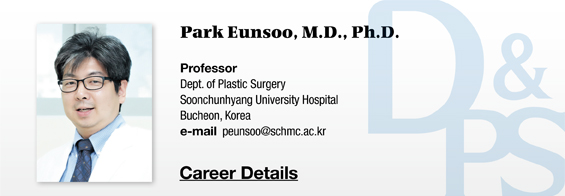Harvesting from Follicle Bulge
A study on culture of stem cells harvested from follicle bulge succeeded in culturing stem cells for 8 days and found that the stem cell size was the largest at day 6. Hair follicle stem cells have widely varying functions and contribute to generating follicle, skin andsebaceous gland, promote wound healing, and play a central role in regulating follicle growth cycle. In a Korean study, follicles obtained from healthy scalp were removed of adipocytes and cellulose. Then,theouter root sheath anddermal papilla were treated with Substance P(SP), a growth factor. The five treated follicles were cultured for 6 days. It was found that some of the follicles did not grow and some developed a curvedbulb but soon stopped growing. Recently extensive research is being done to examine the interaction between stem cells and niche and its impact on follicular growth. The focus shifted from the follicular bulge to stem cells and this was supported by many pioneers of follicular stem cell research.
Label-retaining cells exist in the follicle bulge. In the early anagen phase, follicle cells grow downward under papilla stimulation to form a part of follicle and degenerate in thecatagen phase. However, a more recent study proposed that the hair is “a dual segment organ” with molecular and functional characteristics and challenged the focus on follicular bulge.
The stem cells exist in follicle in two subsections with clear epithelial component: 1) bulge that covers the base of hair shaft and 2)the hair germin direct contact with the microenvironment of mesenchymal dermal papilla(DP). Hair germ cells express genes that activate stem cells, making them proliferate before the bulge in the next hair growth cycle. This establishes a microenvironment of hair germ population. Moreover,dermal papillaplays a central role in activating stem cells in hair growth cycle.
Follicles removed of dermal papilla remain in thetelogen phase or remained basal cells to the end of catagen phase. Therefore, dermal papilla is particularly important in hair regeneration as well as follicle growth and degeneration.
Signals from molecular actors such as Wnt, BMP andFGF 18 regulate the quiescence, proliferation, and differentiation of stem cells. For example, bulge stem cells maintain slow cycle due to increased BMP andFGF18 signaling. BMP inhibition can be counteracted with Wnt signaling.As dermal papilla, where Wnt originates from, is adjacent to these cells, proliferation first starts with hair germ cells. As the survival and growth of mesodermstem cells(MSCs) depend on signaling from scalp epithelium, the physiology of stem cells, follicular stem cells are closely related to other groups of stem cells.
[Advertisement] MAGNUM(Q-switched Nd:YAG Laser) – Manufacturer: (www.i-dana.com)]
Hair FollicleStemCells II
Continued from my article in the previous issue, we will discuss characteristics and markers of human hair follicle stem cells.
Hair is part of skin appendages and continues to go through apoptosis and regeneration.Stem cells are involved in this hair regrowth cycle and there are largely two stem cell phenotypes in the follicle. Stem cells that can differentiate into theepidermisandfollicle exist in theouter root sheath(ORS) bulge and hair bulb. Dermal papilla cellsare a type of stem cells and they have mesoblast-like behavior. An average human adult has about 100,000 hairs on their head. Scalp follicles start forming and mature from around 8th week and 7th month of pregnancy. Therefore, the number of follicles in each individual is determined in the fetal stage. No new follicles form after birth and the number of follicles continue to decline with age. This is why many people by the age of 65 have drastically thinner hair even if they are not bald.
In the fetal stage, follicles are formed through repeated signaling between stem cell-derived papilla in the dermis and epidermis. Follicles first develop in the epidermis and grow into the dermis.
-To be continued





















